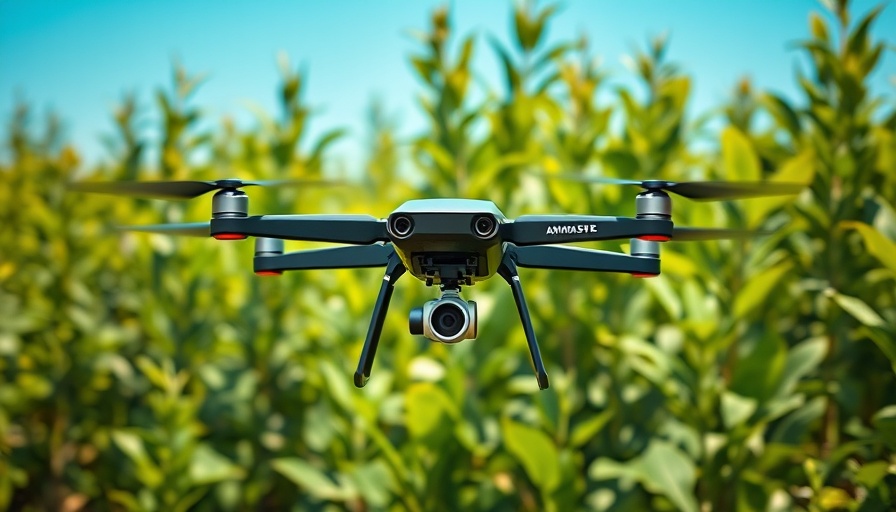
The Shift from Rantizo to American Autonomy: What It Means for the Drone Industry
In a significant strategic maneuver, Rantizo Inc. has announced its transformation into American Autonomy Inc., marking a renewed focus on developing software solutions tailored for the drone spraying sector. This rebranding comes hand-in-hand with the strategic sale of its drone spraying operations, ensuring that the Rantizo name continues to thrive under new ownership dedicated to agricultural technology.
Mariah Scott, previously the CEO of Rantizo, reflects on this evolution, stating, "Our evolution into American Autonomy, Inc. allows us to deepen our focus on software, empowering drone operators with tools to manage their season." This shift not only reinforces American Autonomy's commitment to innovation but also highlights the growing importance of software in enhancing operational efficiency within the agricultural sector.
AcreConnect: A New Foundation for Success
The cornerstone of American Autonomy's software offerings will be AcreConnect, originally developed by Rantizo. AcreConnect is designed to streamline numerous processes for drone operators—from customer management to FAA reporting. This software is crucial as farms increasingly incorporate technology to improve yield, manage resources, and ensure compliance with evolving agricultural regulations.
Understanding the Implications for Agricultural Technology
The acquisition of Rantizo’s operations aims to bolster the American agricultural framework by aligning with industry needs in modern aerial application services. A spokesperson from the acquiring group emphasized their commitment to sustainable growth, stating that the organization will leverage Rantizo's established expertise. This merger aims to create a synergy that benefits farmers through improved access to reliable aerial spraying solutions.
What This Means for Drone Operators and Farmers
For drone operators and farmers, this transition suggests a future where technology not only supports but revolutionizes farming practices. As American Autonomy refines its software capabilities, operators will benefit from enhanced tools that promote productivity and ease of use. This will likely lead to wider adoption of drone technology across various agricultural applications, potentially changing how food is produced and managed.
The Road Ahead: Innovations on the Horizon
With the rise of software-driven solutions like AcreConnect under American Autonomy Inc., we may see further innovations designed to support drone operators. Expectations for these advancements include enhanced real-time data analytics, improved user interfaces, and integration with other agricultural technologies—ultimately fostering a more responsive agricultural landscape ready to meet the challenges of modern farming.
As this transformative period unfolds, it’s evident that American Autonomy is poised to play a pivotal role within the aviation and agriculture technology sectors. The future not only holds promise for American Autonomy and its new offerings but also signals a significant evolution in how farmers and operators can leverage technology to enhance efficiencies and outcomes.
 Add Row
Add Row  Add
Add 




Write A Comment